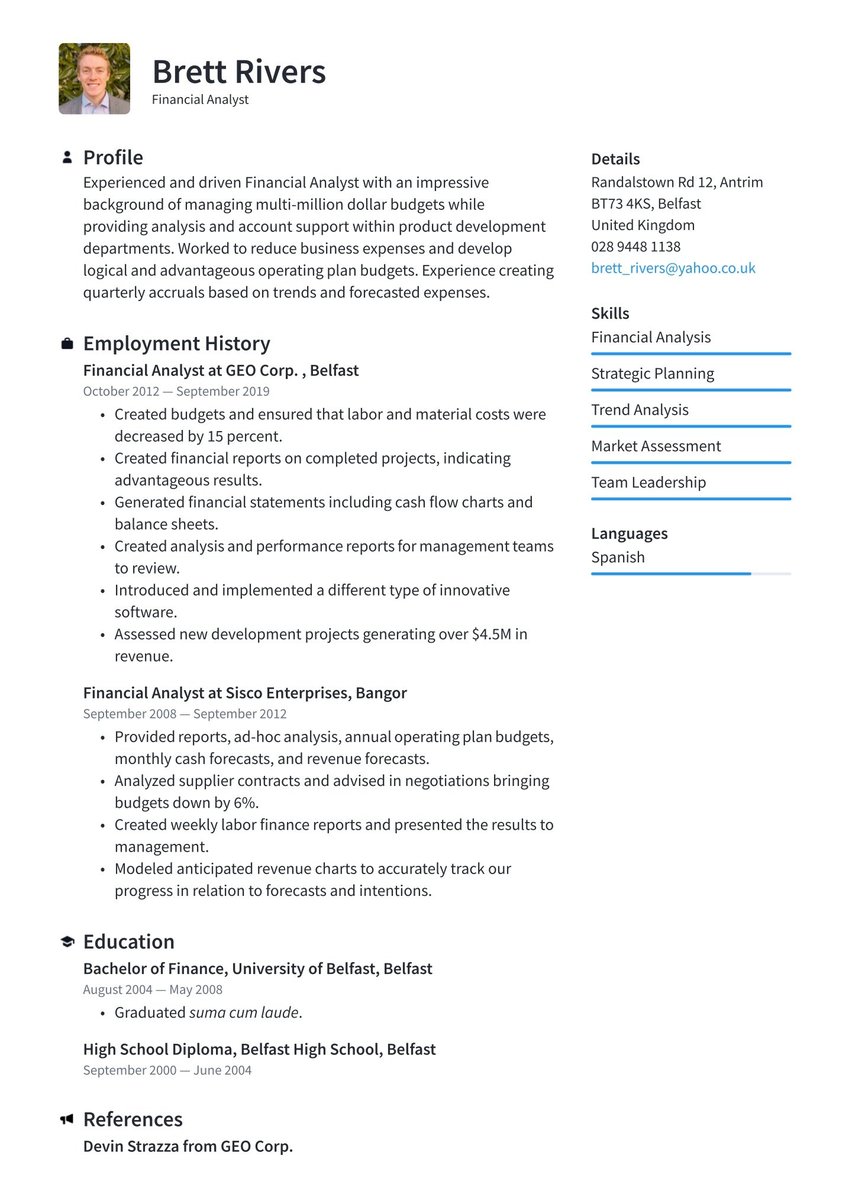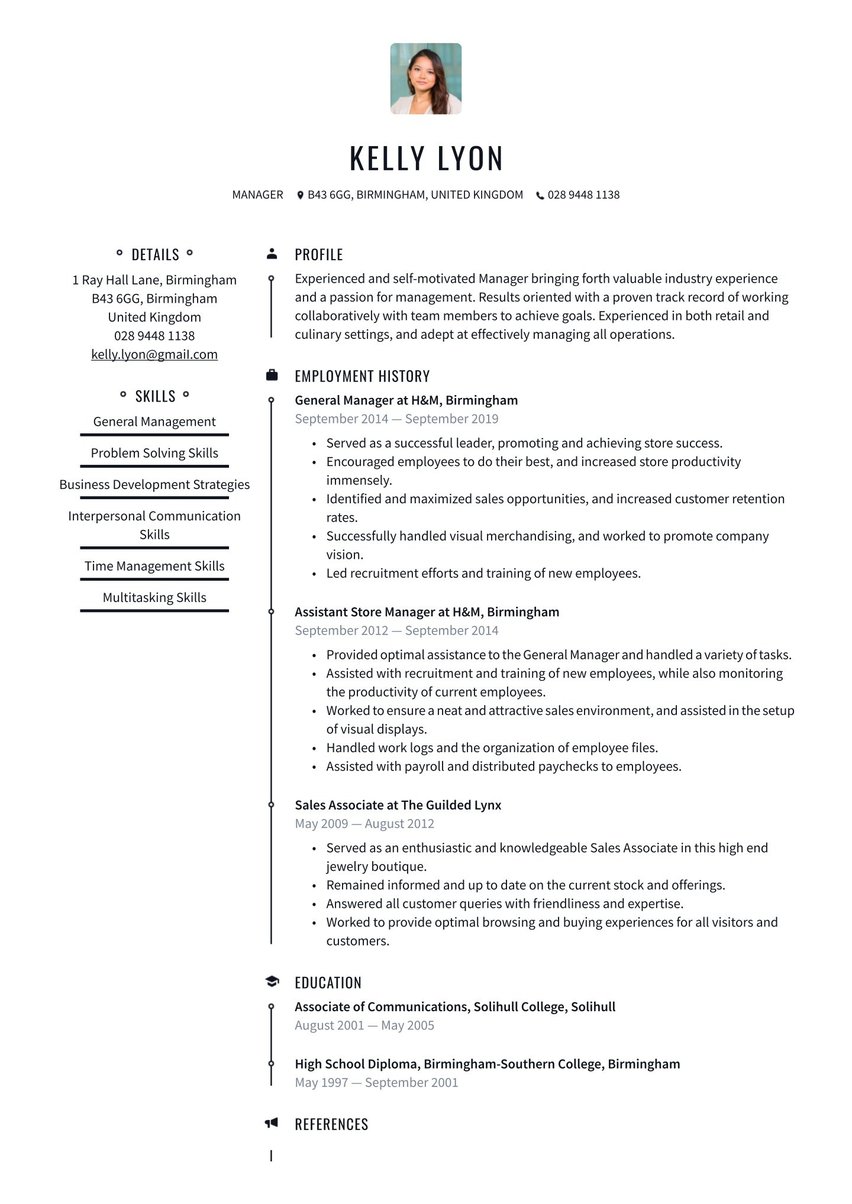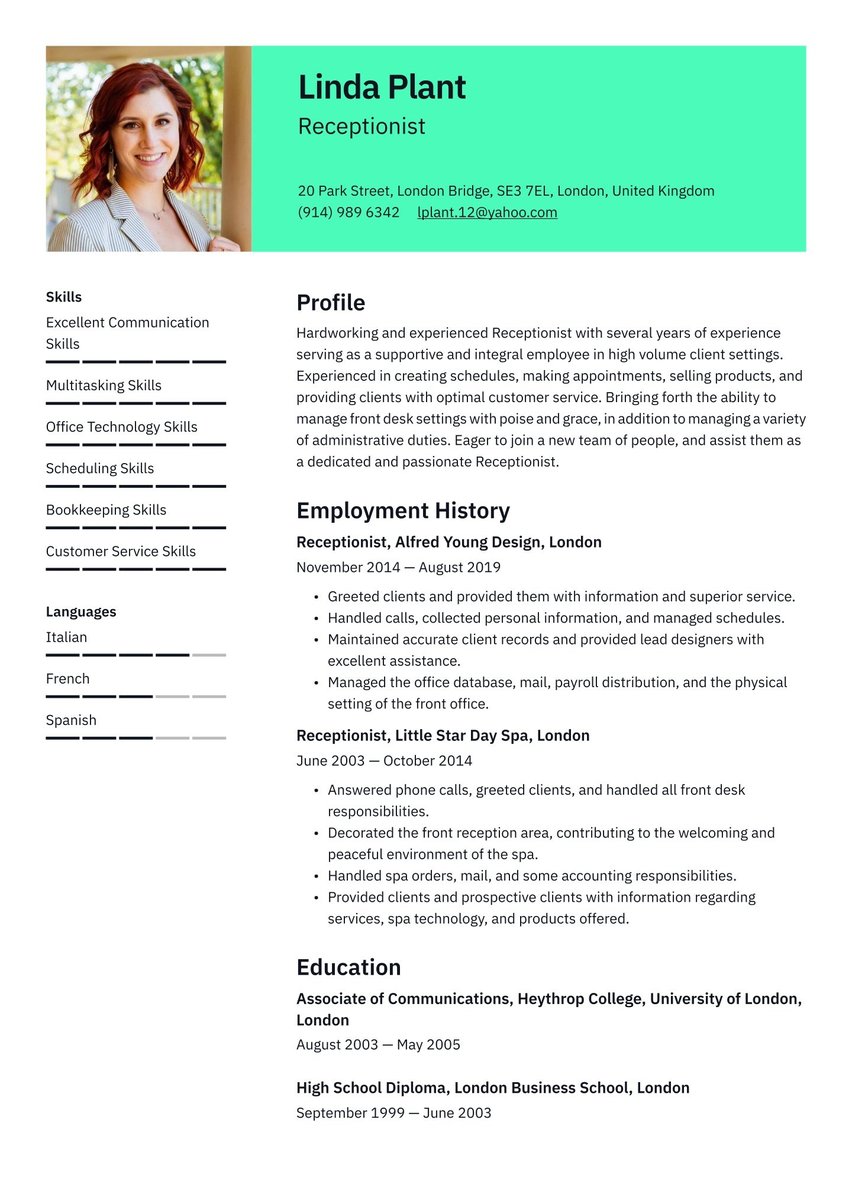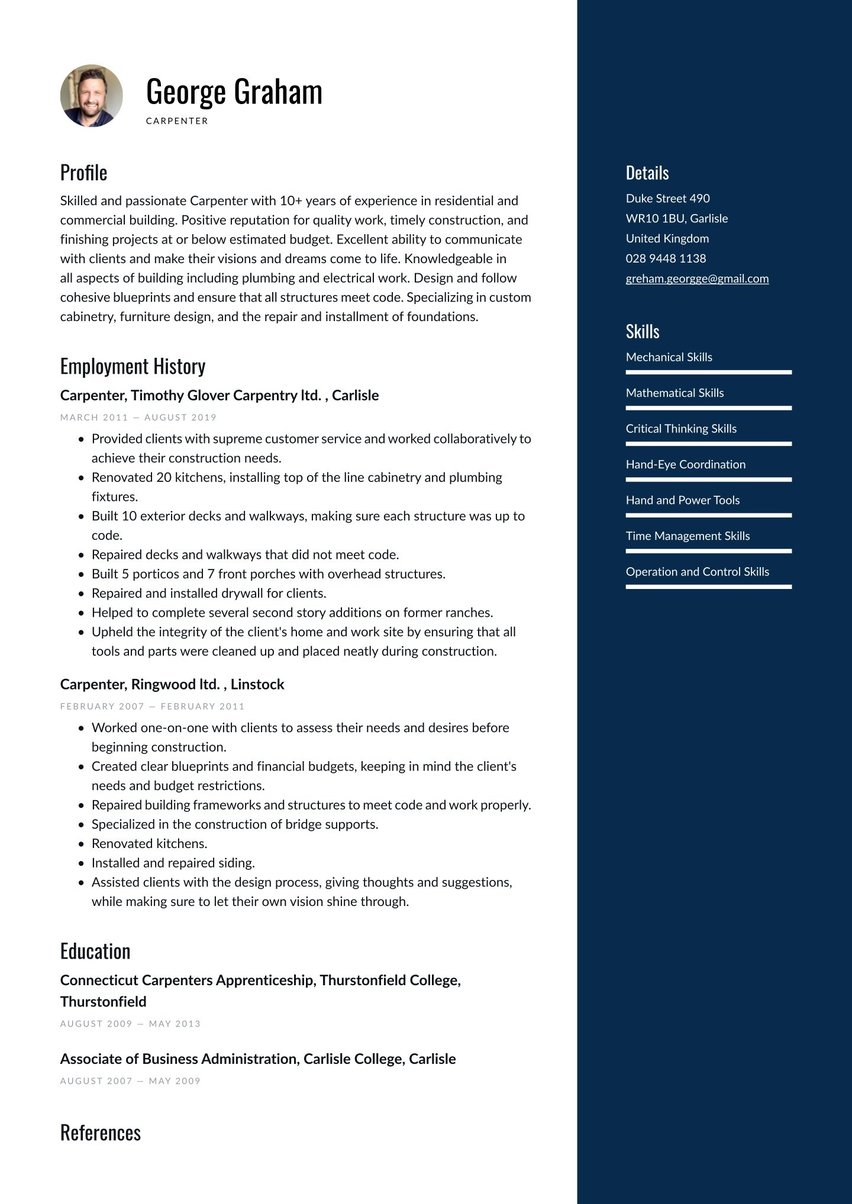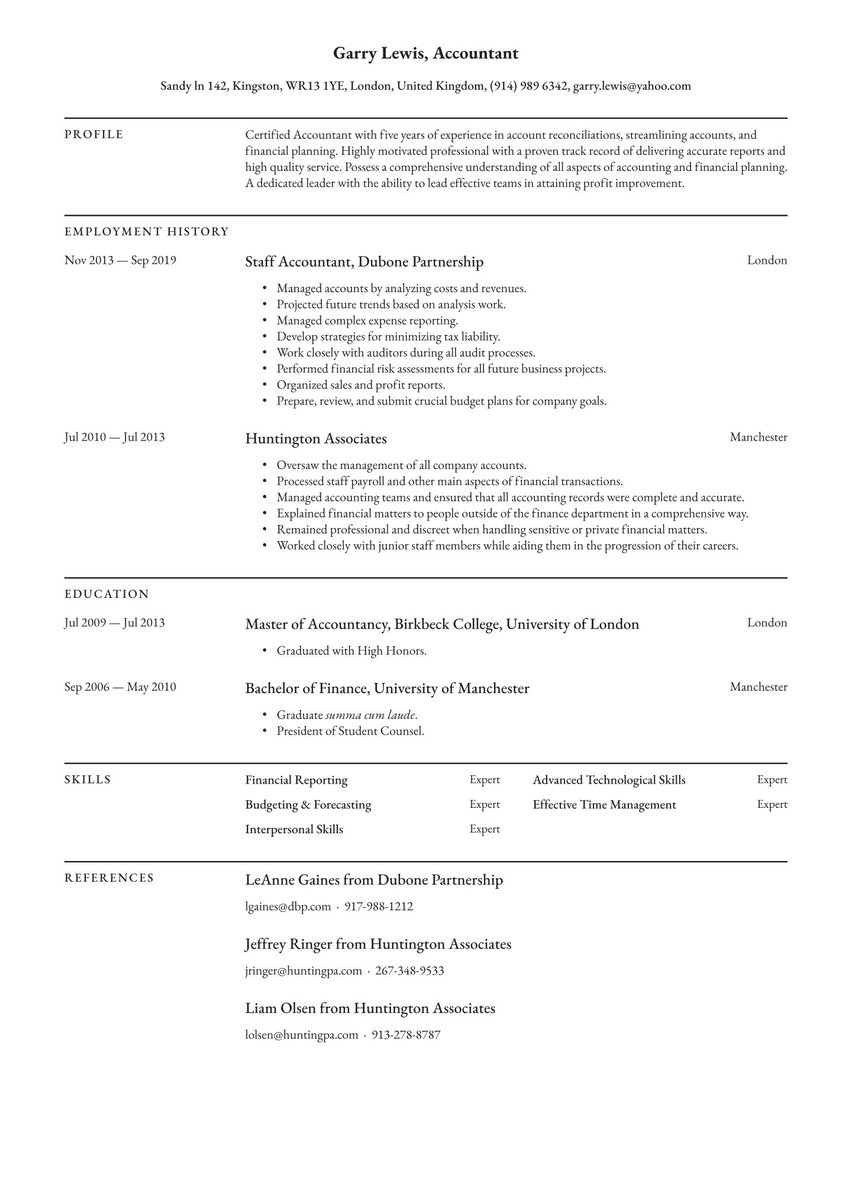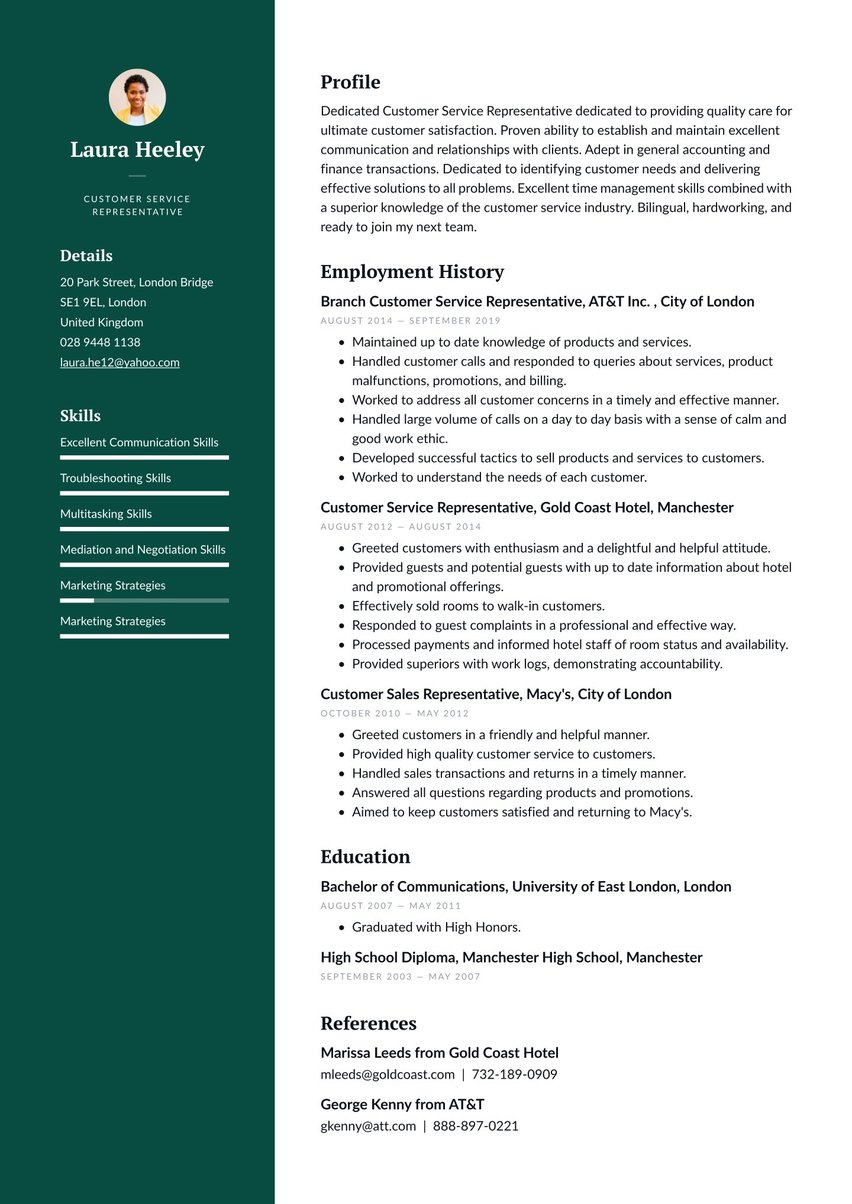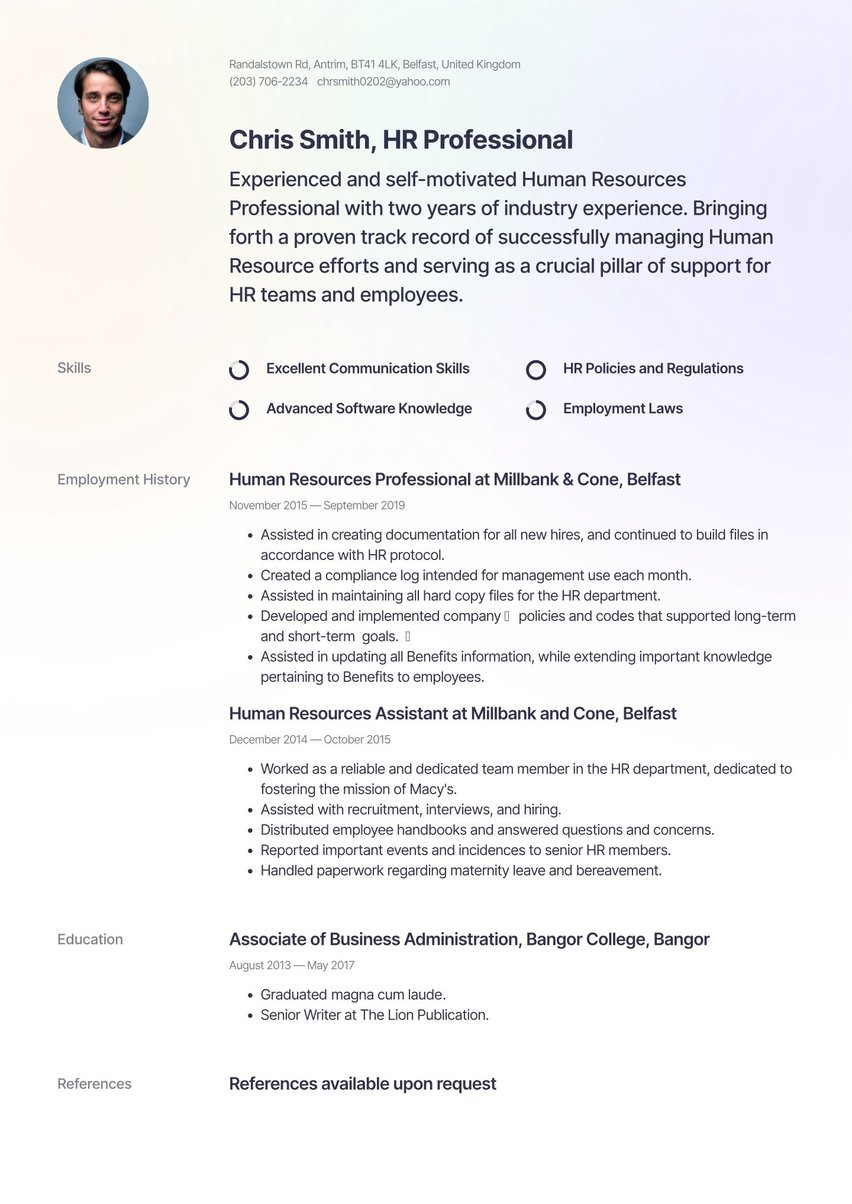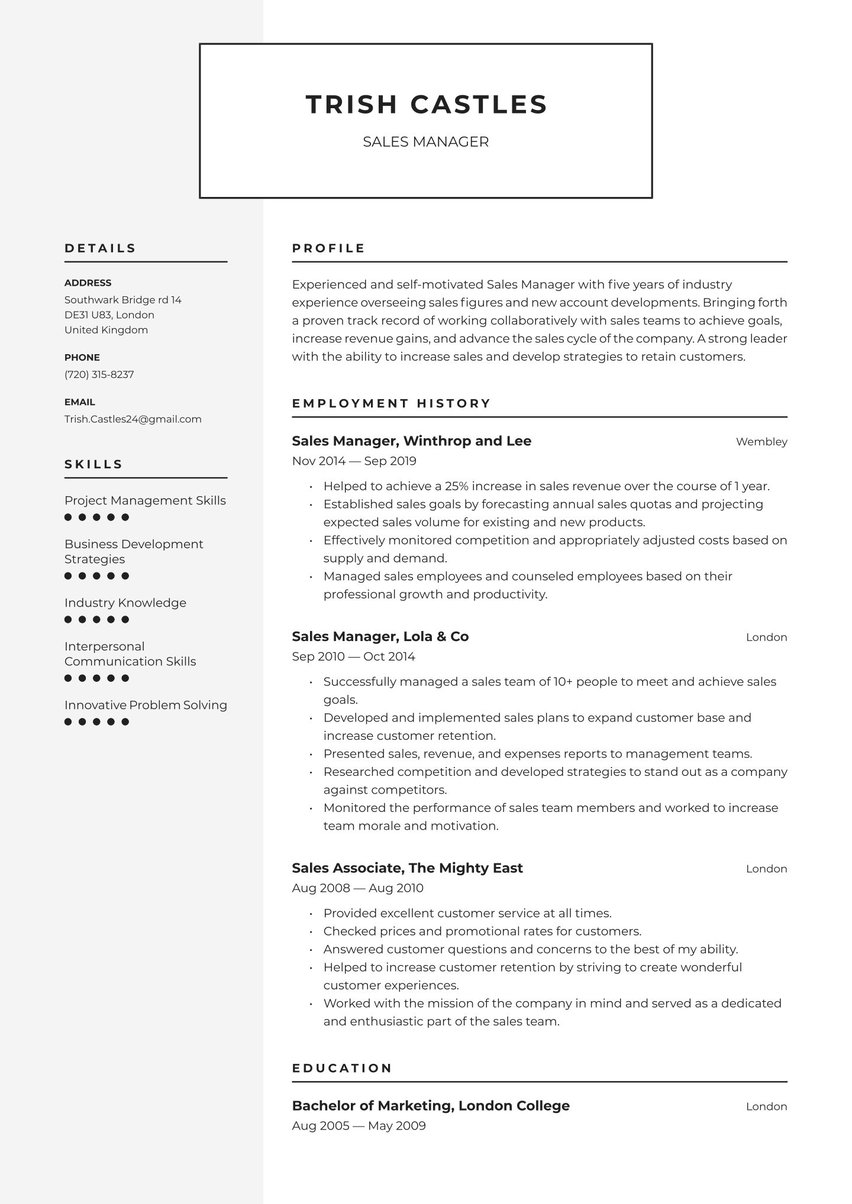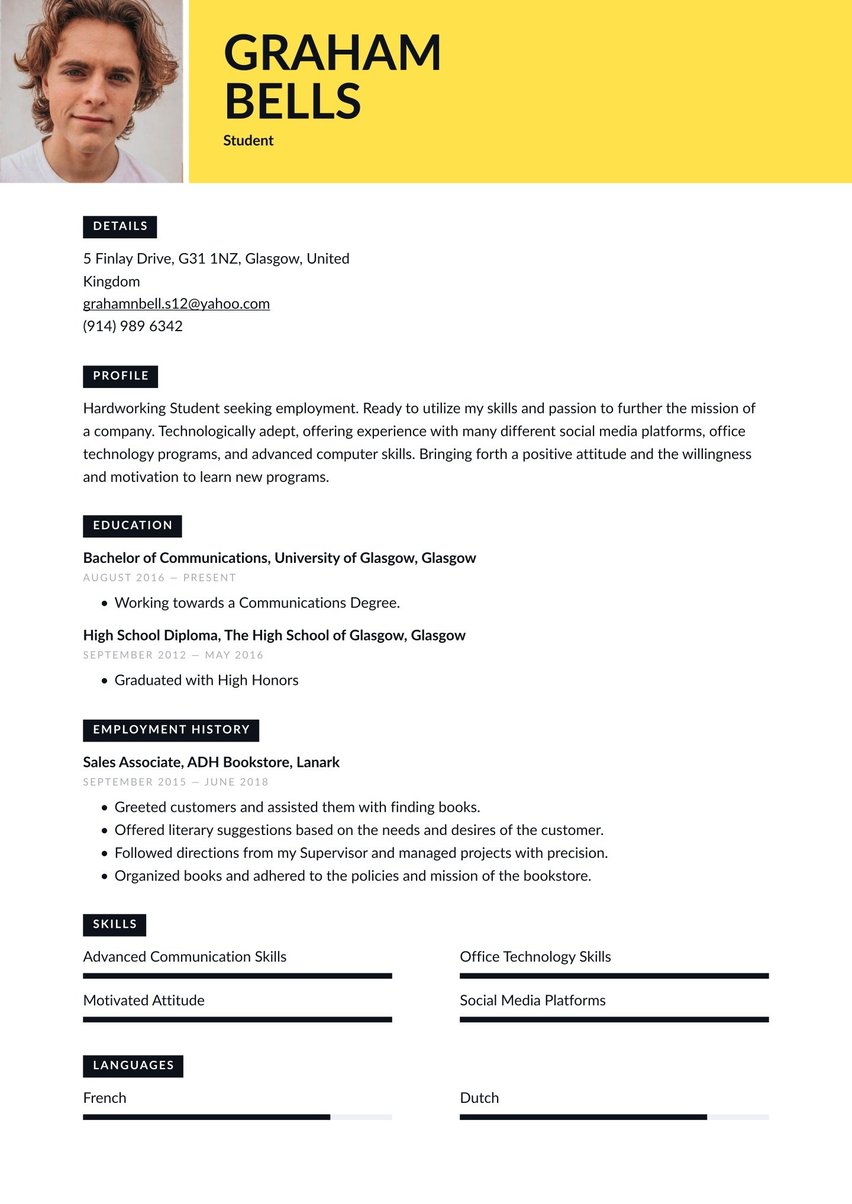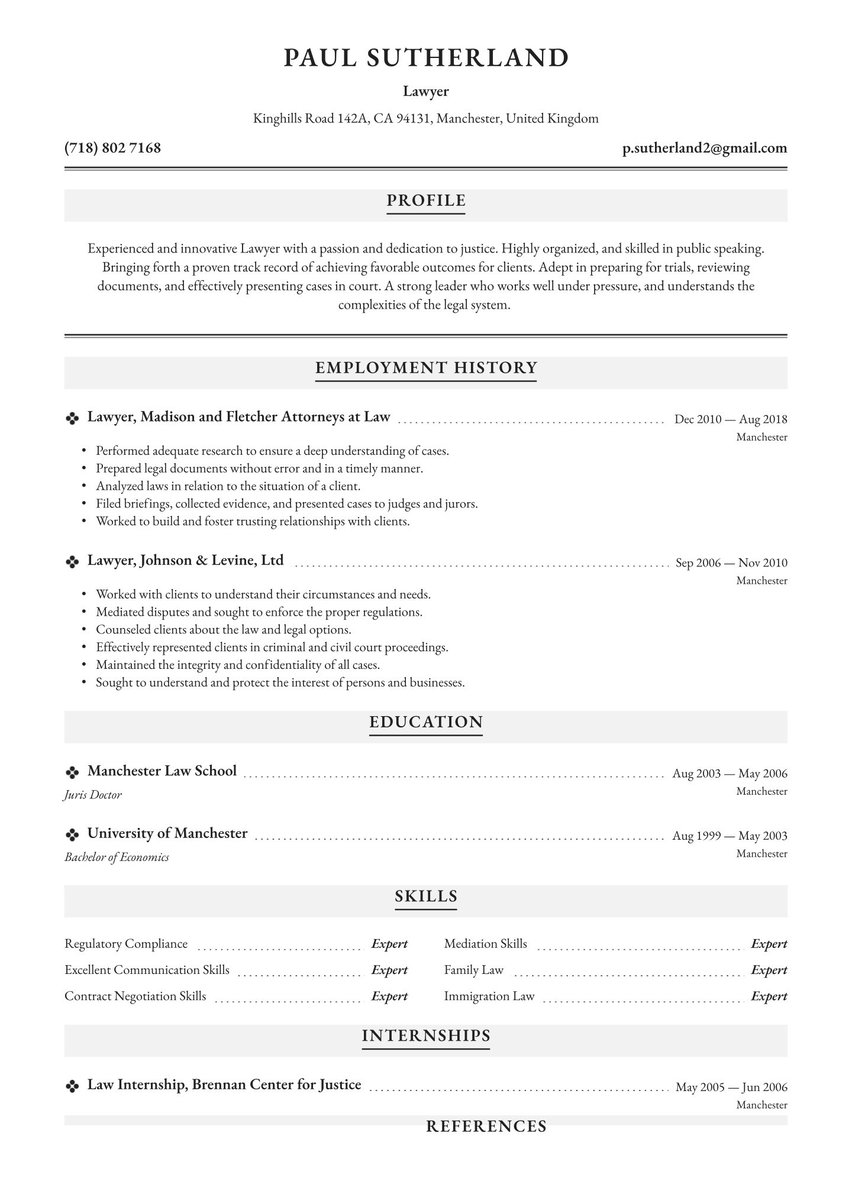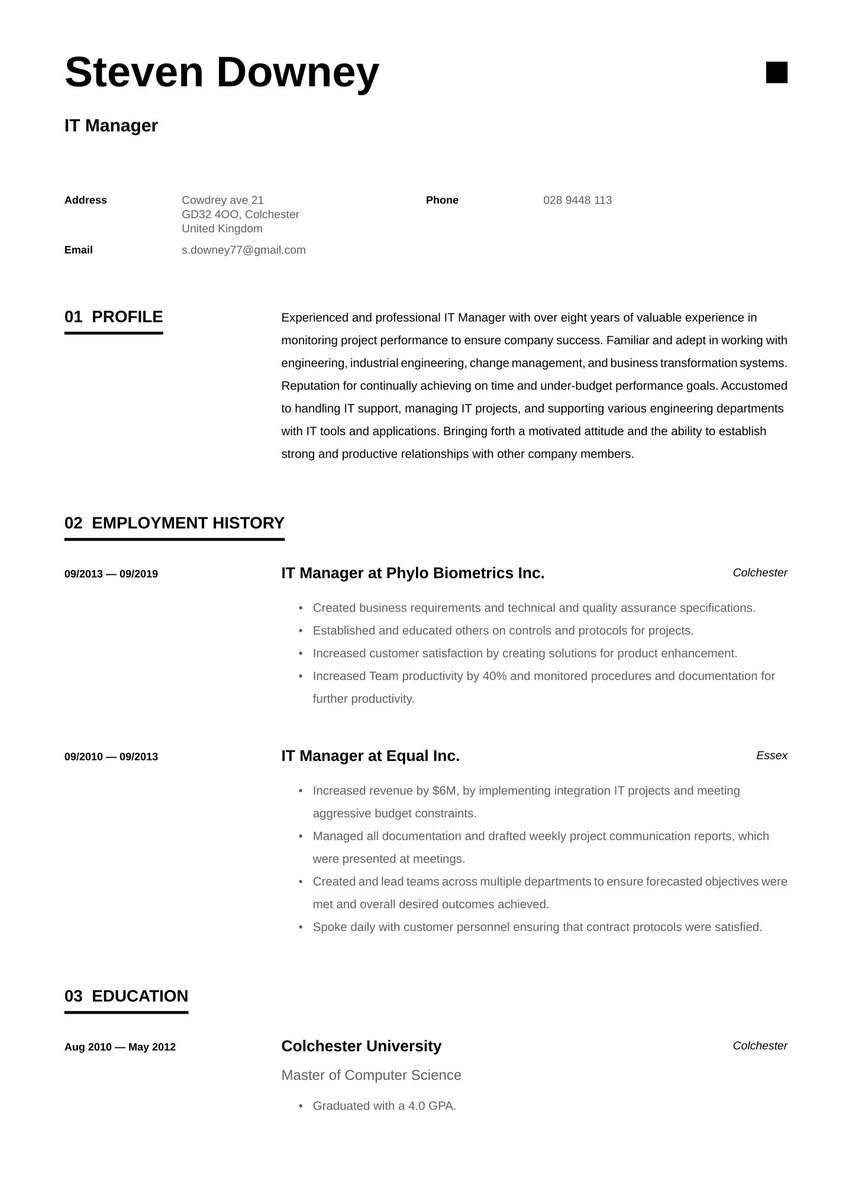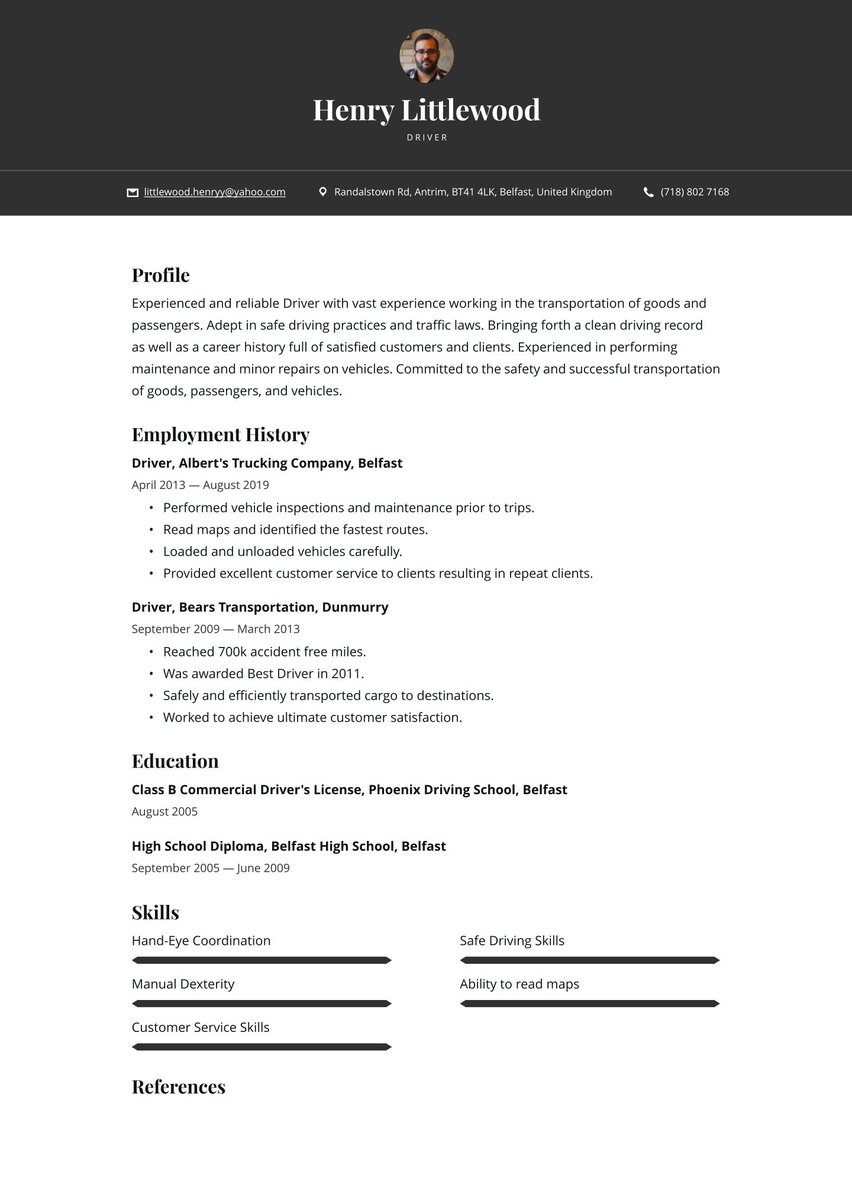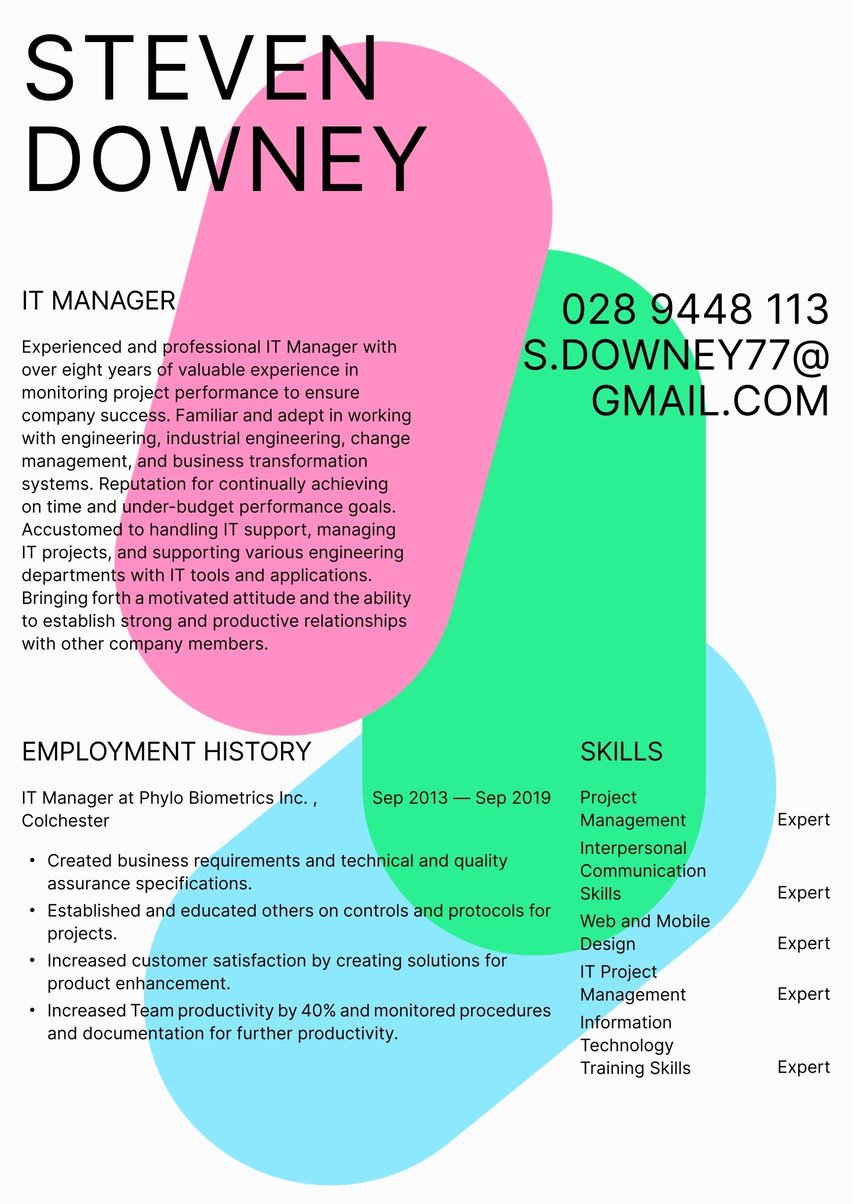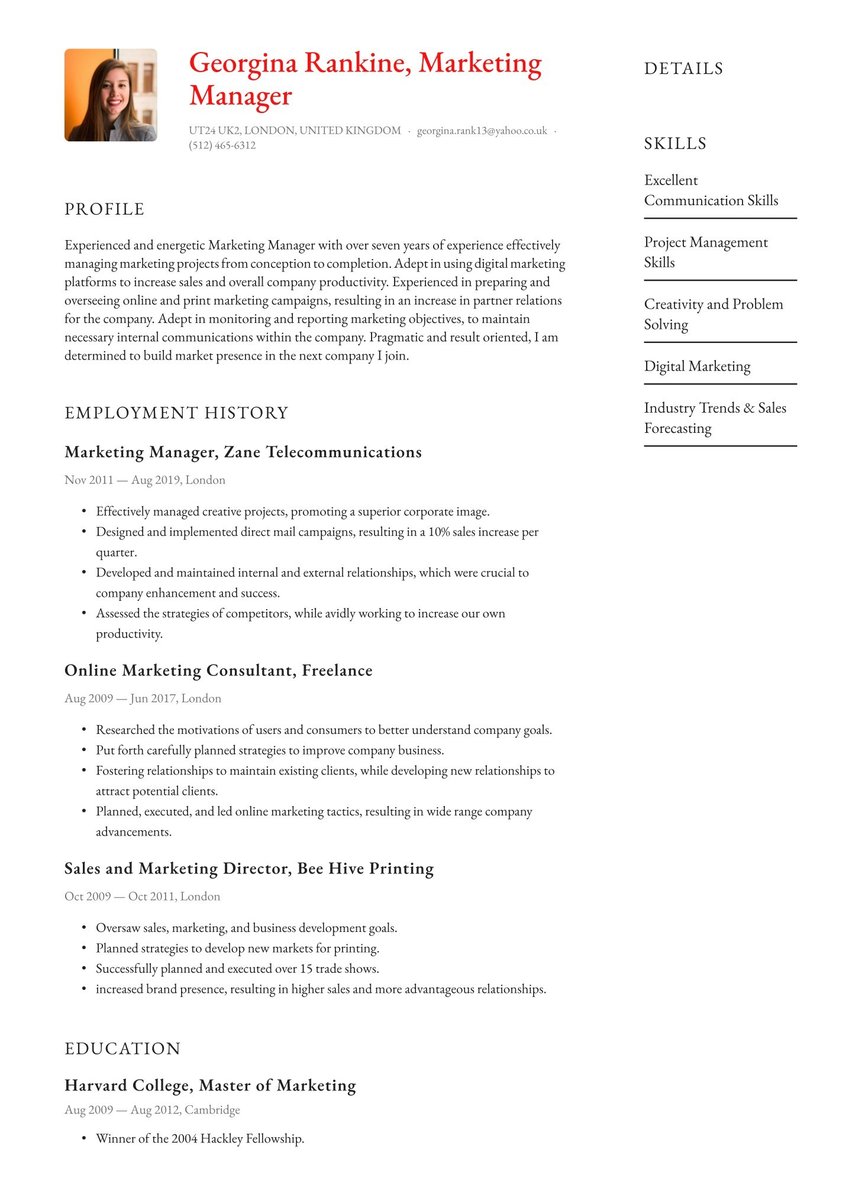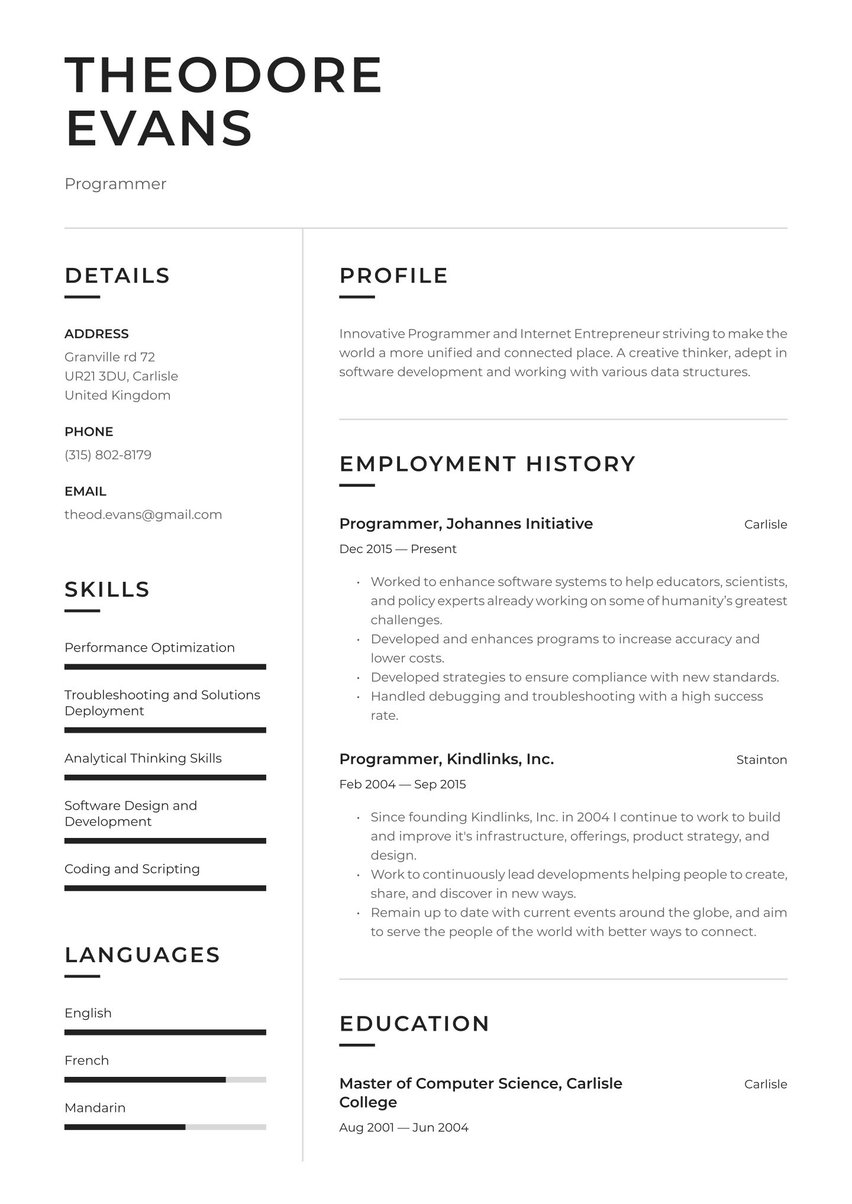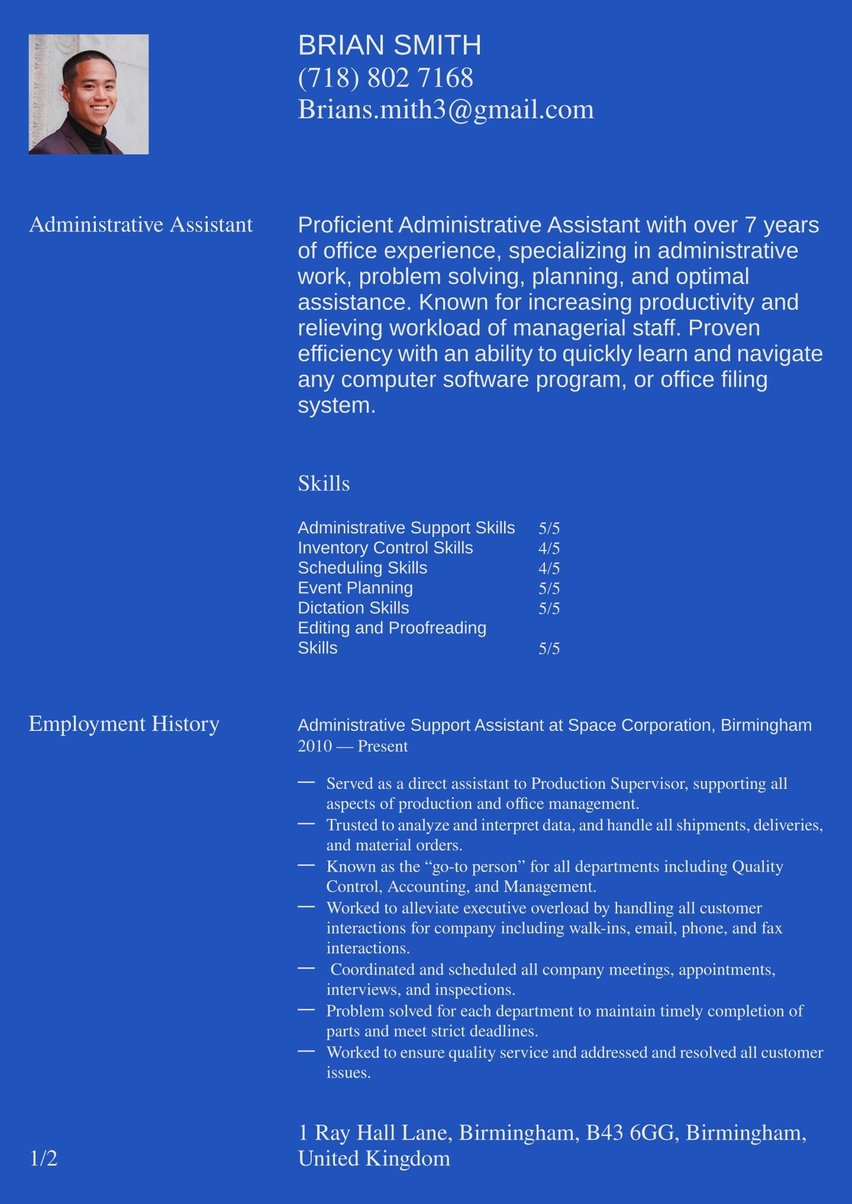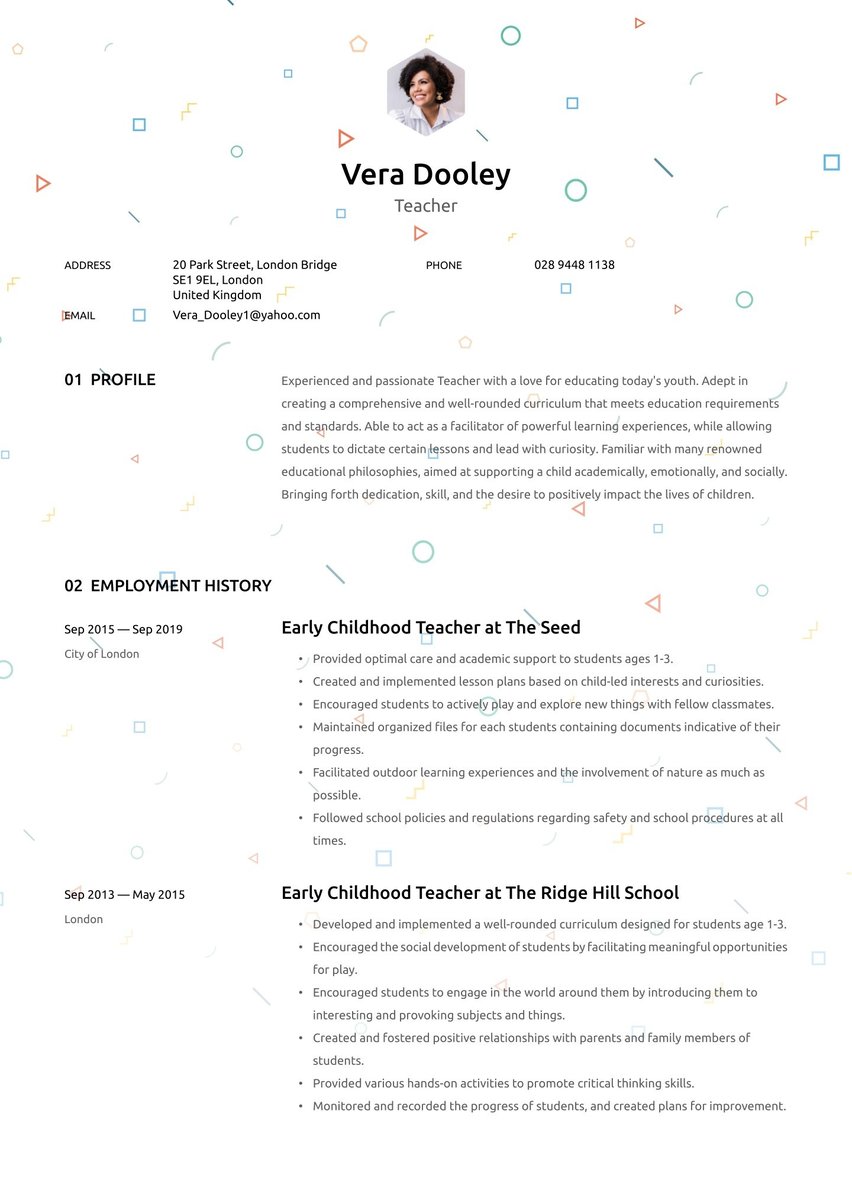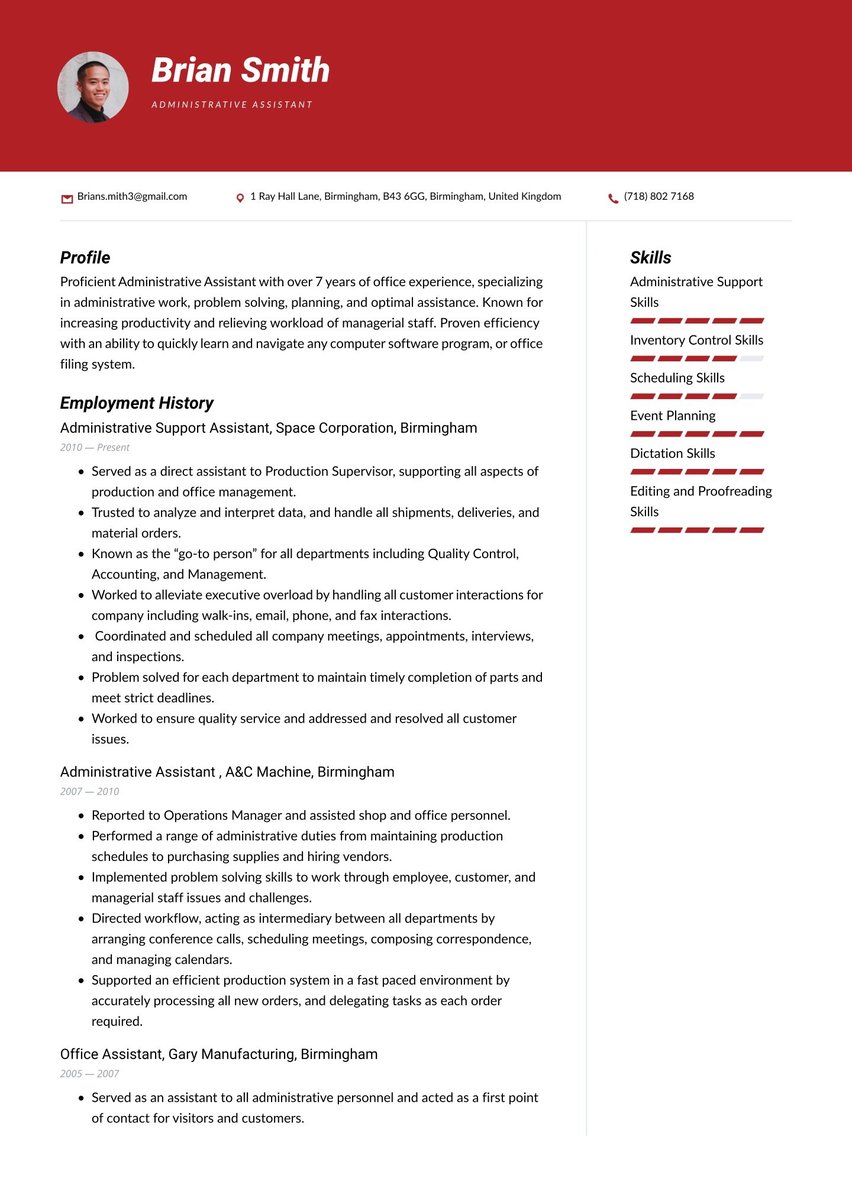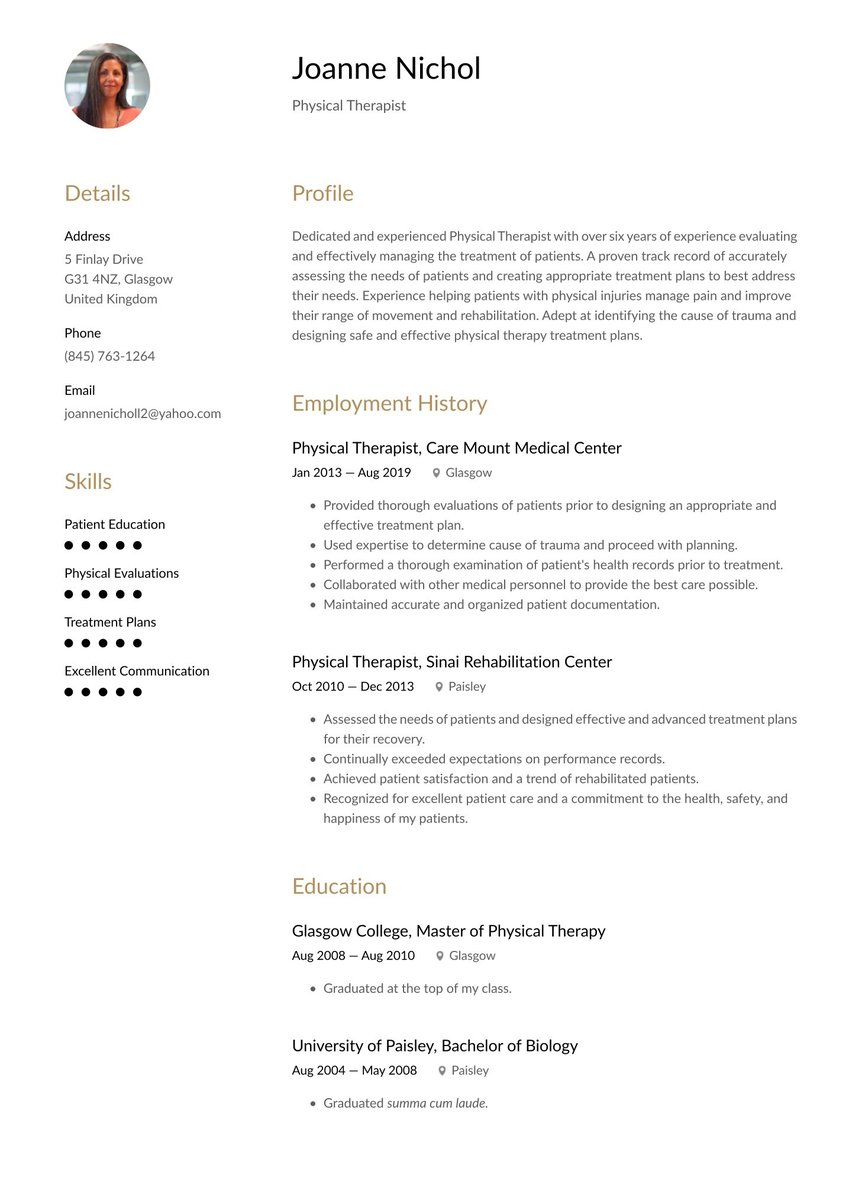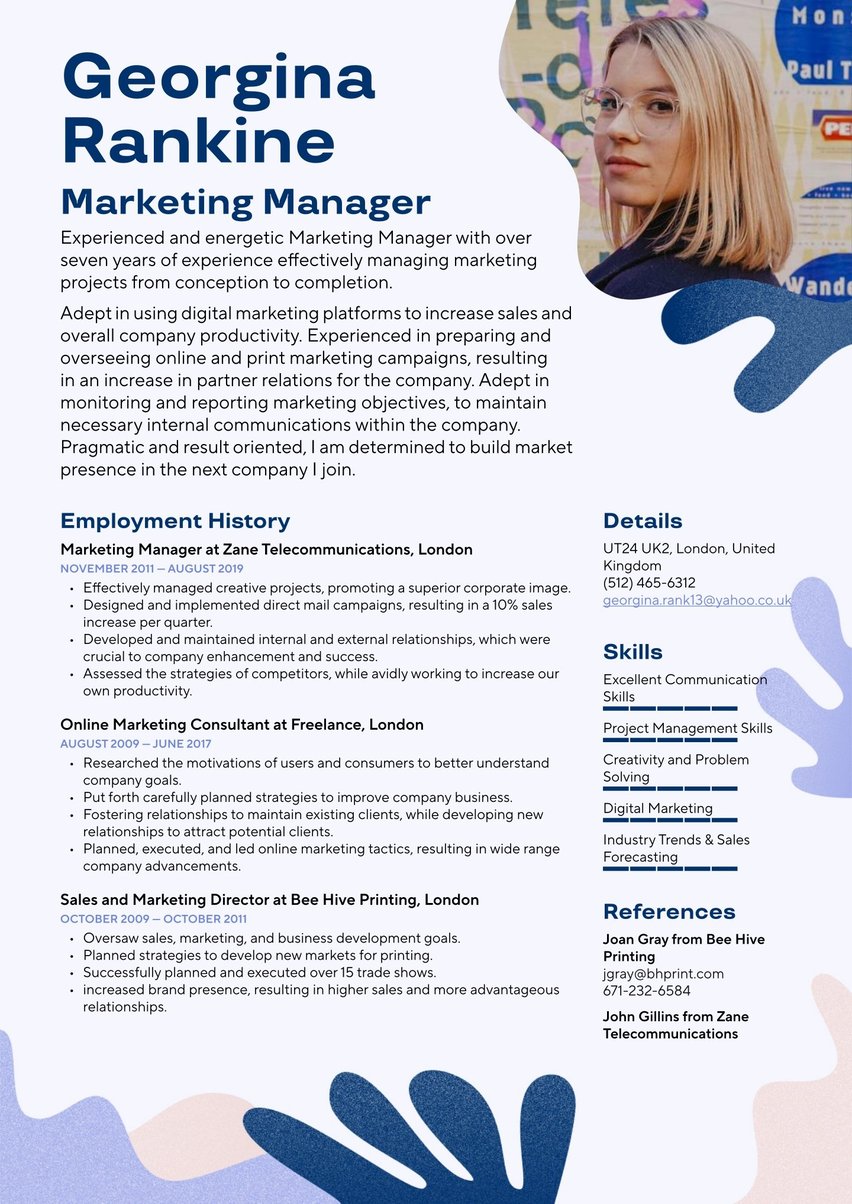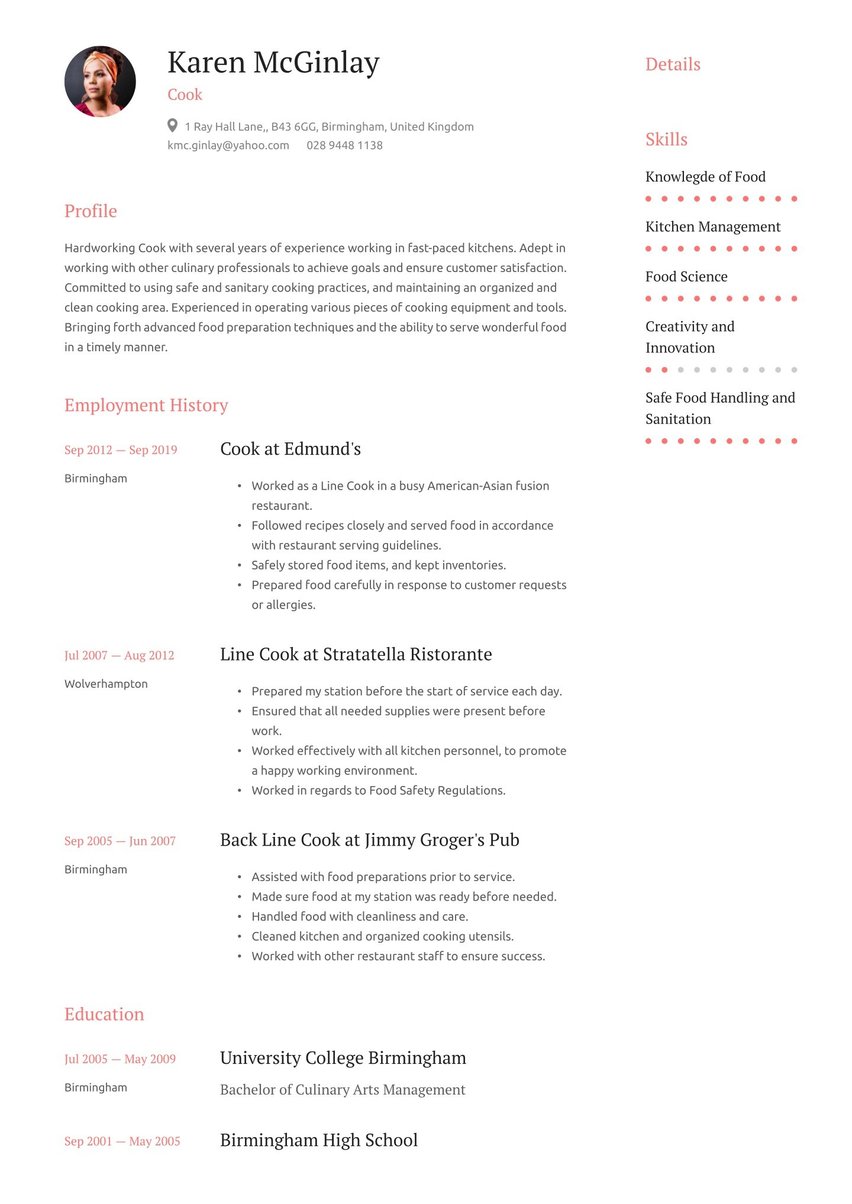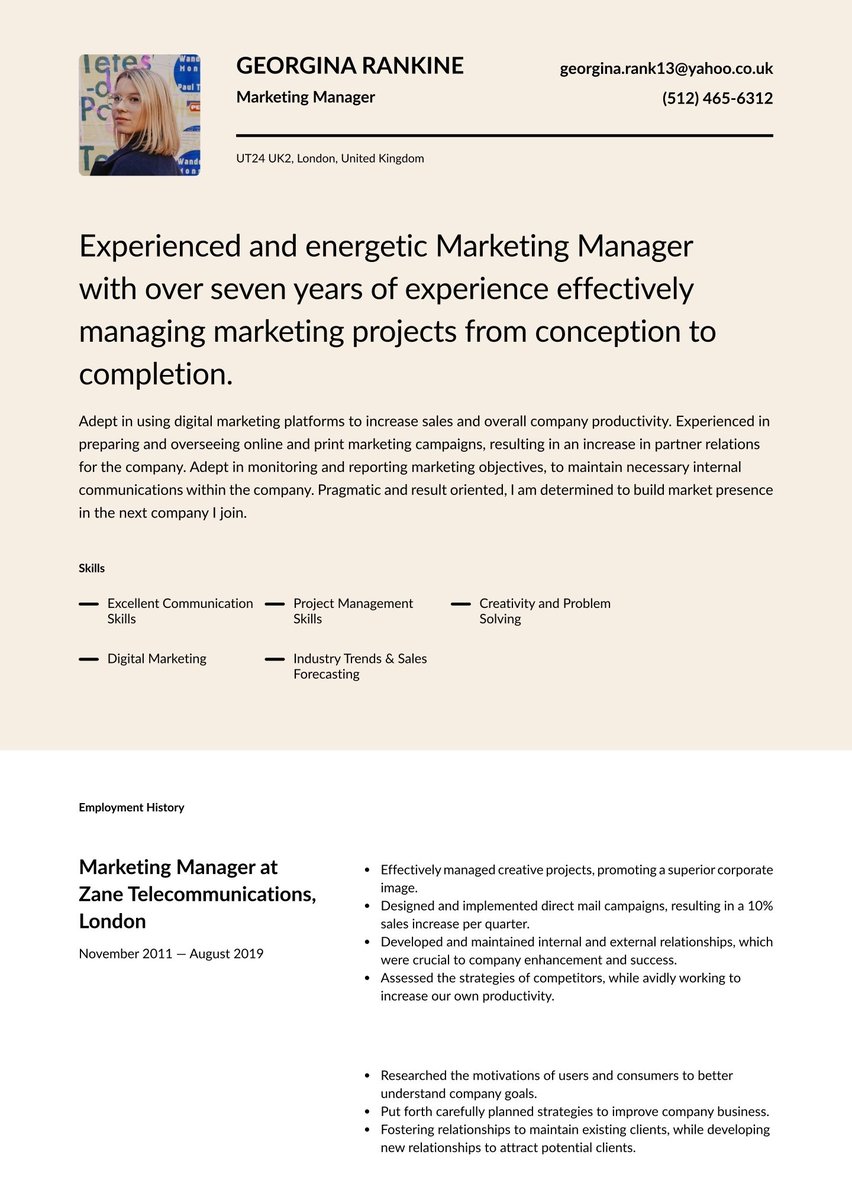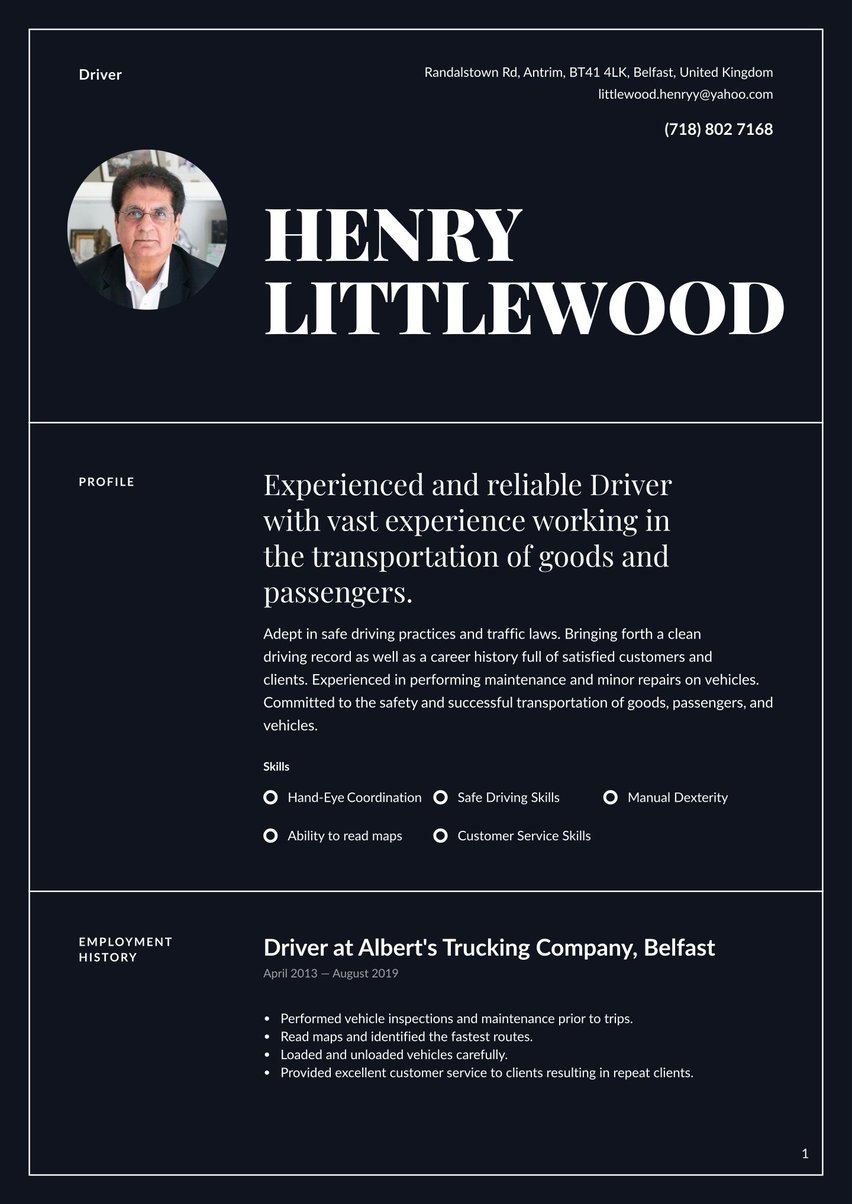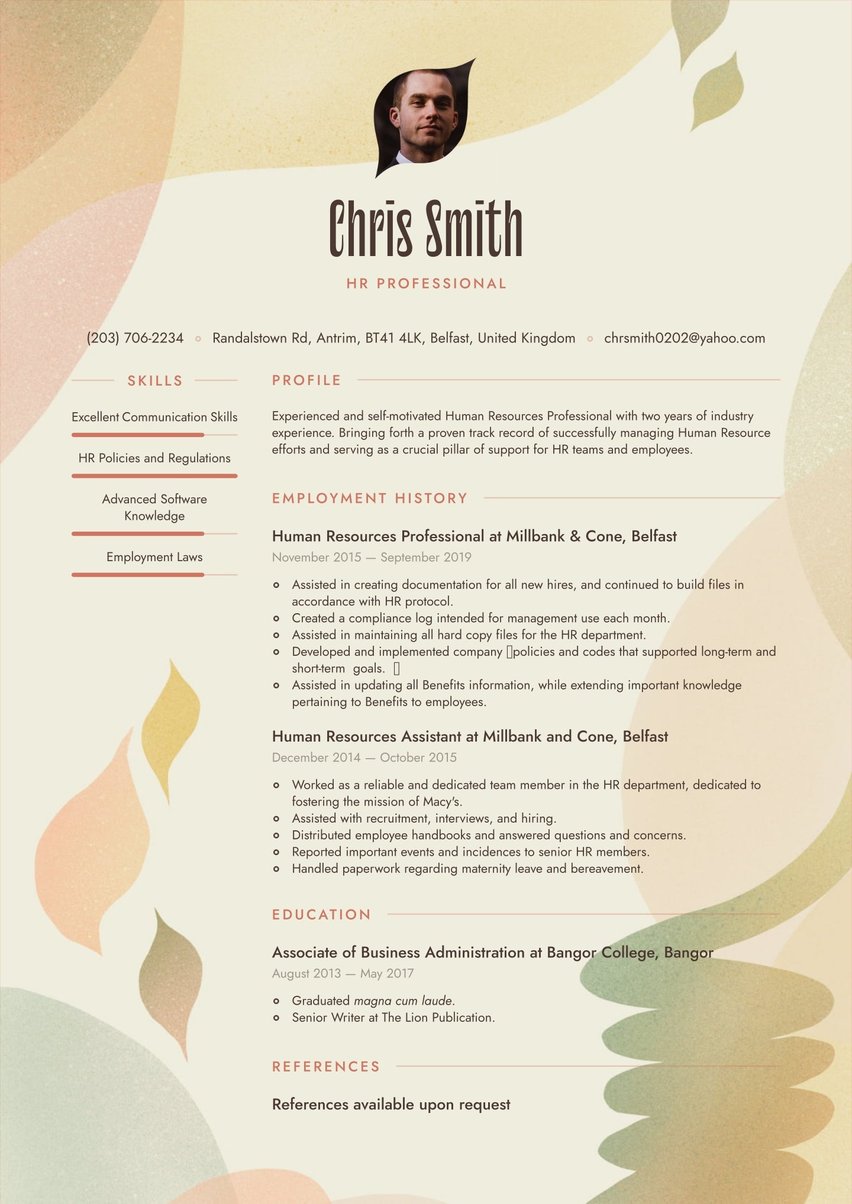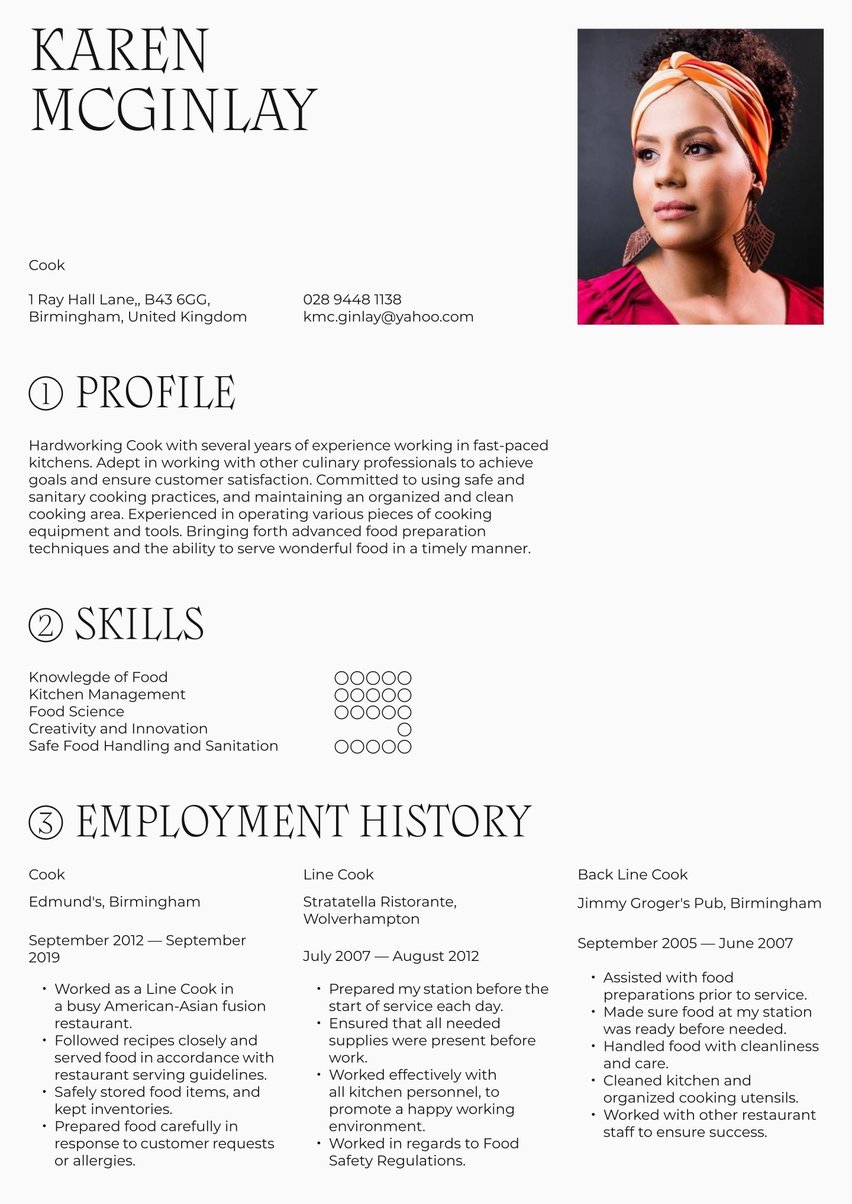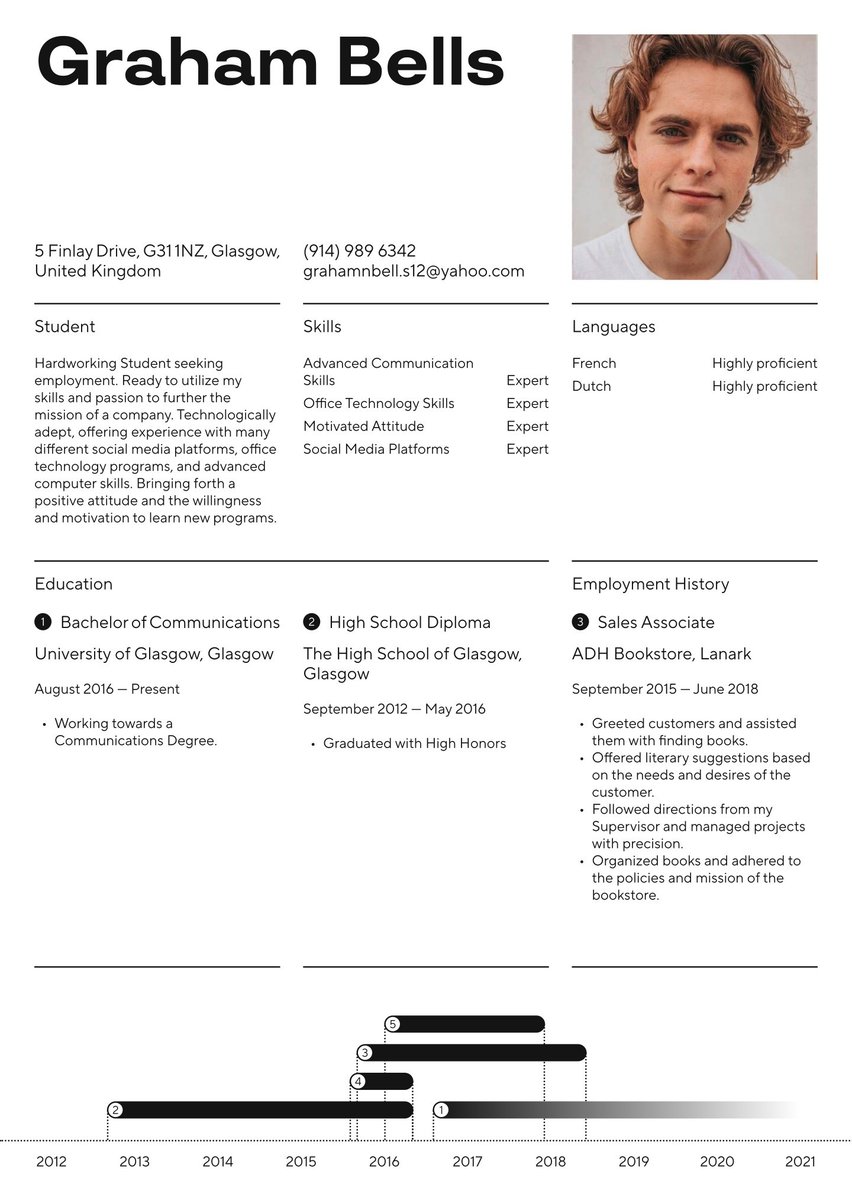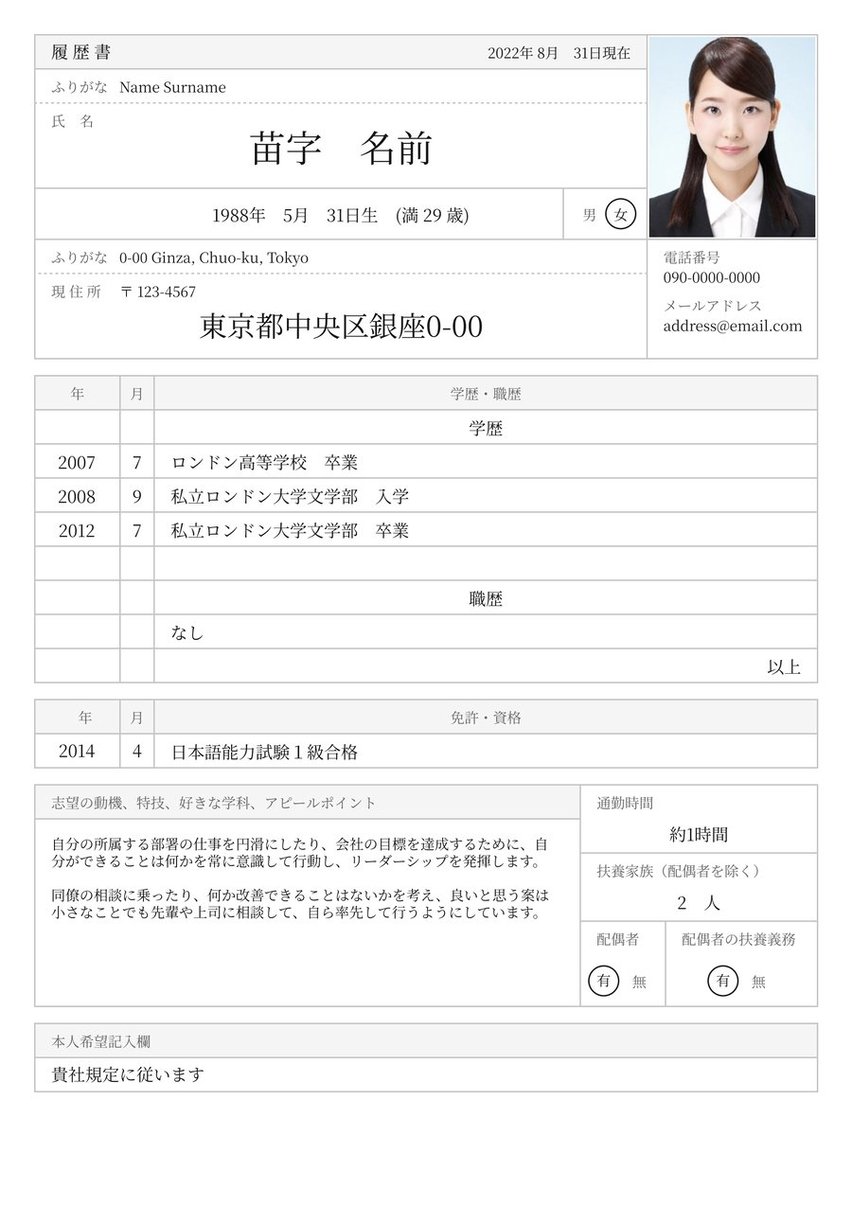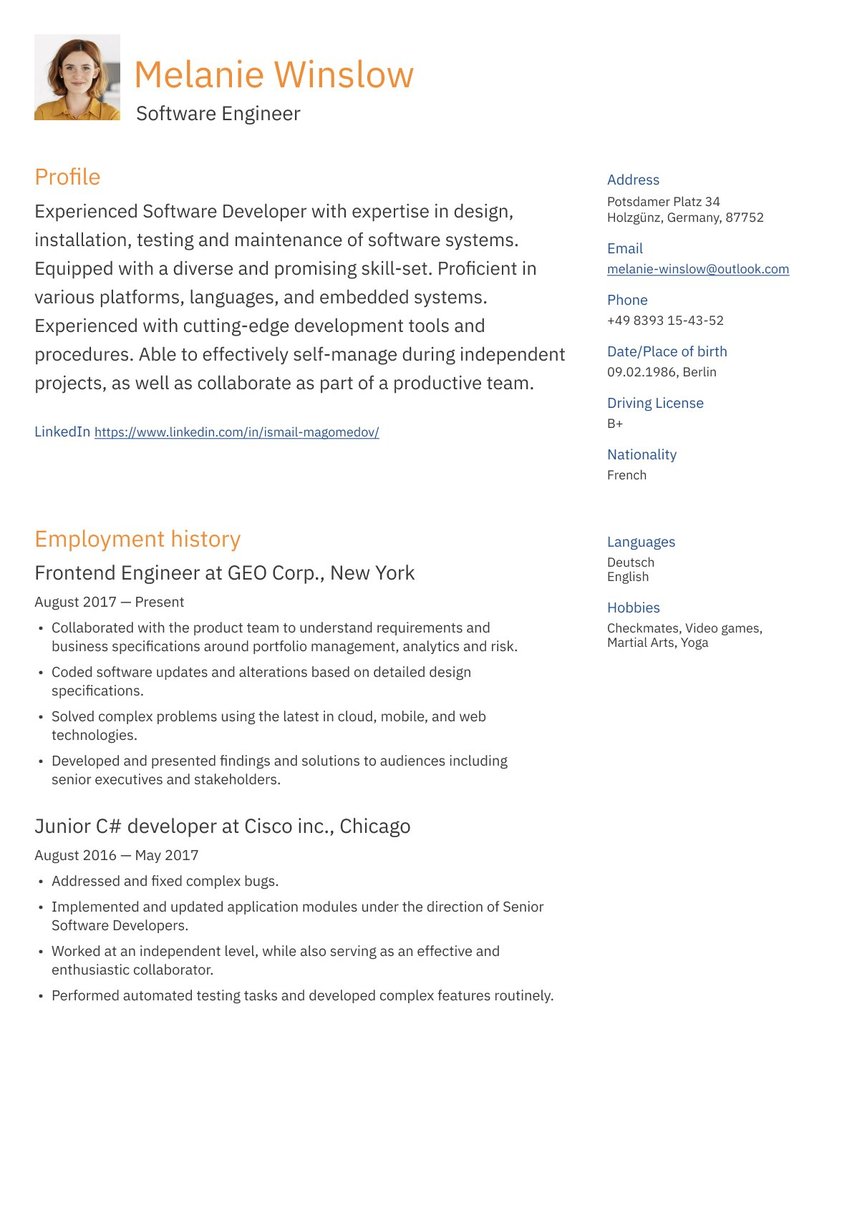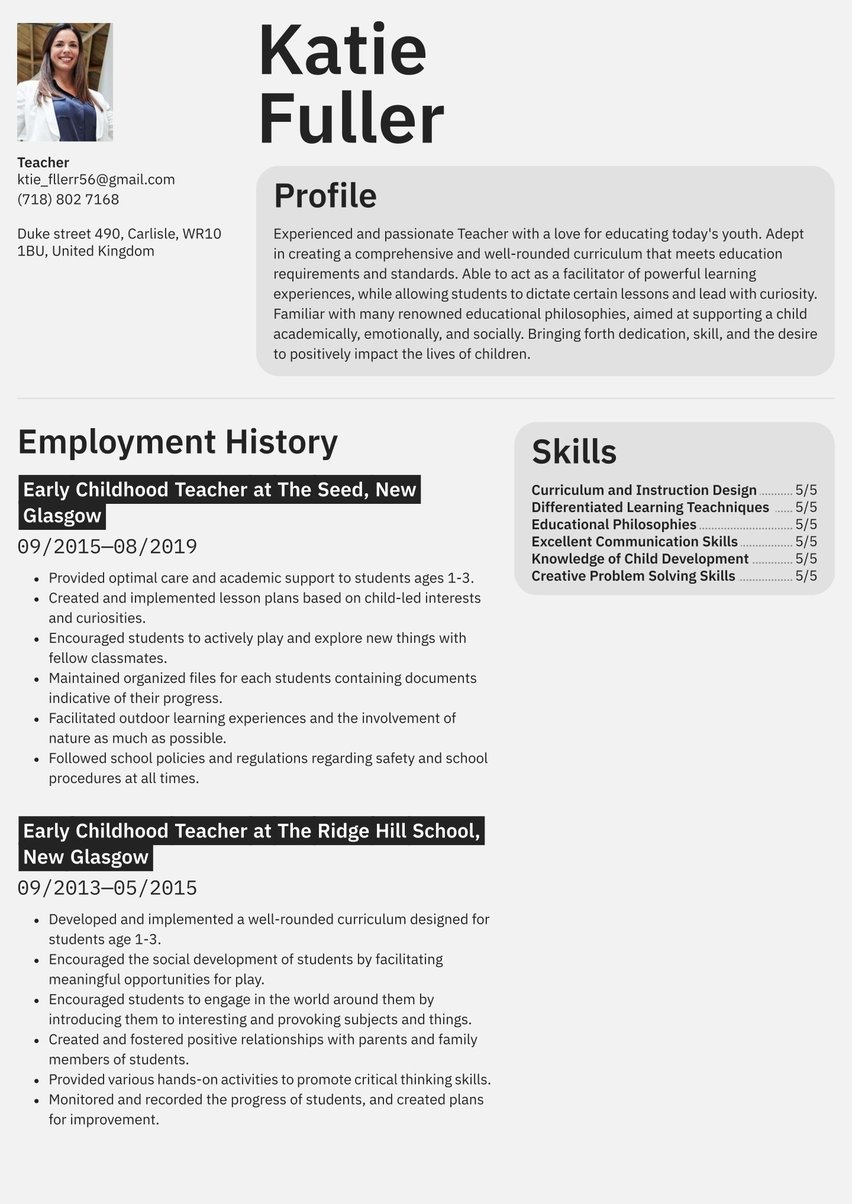Dynamic Communications specialist with a proven talent for expertly representing brands and organisations. Demonstrated capacity for shaping and executing high-impact public relations and media strategies, building audience engagement through branded, compelling plans. Quality-focussed leader known for cultivating and leveraging robust media networks to empower influential communications campaigns.
02/2018 - 06/2023, Communications Director, Tansy Communications, Inc., Sheffield, UK
- Engaged with advertising and creative agencies to strategise, develop, and execute exceptional communications campaigns elevating the reach and engagement of client brands.
- Shaped press coverage and public relations plans, partnering with clients to build innovative content in line with unique visions and needs.
- Cultivated strategic partnerships, leveraging deep industry connections to drive brand awareness and propel revenue growth.
09/2012 - 01/2018, Marketing & Communications Lead, Sheffield Agents, Ltd., Sheffield, UK
- Engaged with sales and marketing teams to shape brand-focused campaigns, propelling engagement across a wide range of target audiences.
- Fostered valuable relationships with industry and client partners, facilitating the development of dynamic and effective engagements.
- Created customised, engaging marketing materials in line with client brand standards.
- Established robust marketing and client databases to support and enhance future communications initiatives.
01/2008 - 05/2012, Master of Communications, Sheffield Hallam University , Sheffield, UK
09/2003 - 11/2007, Bachelor of Science in Marketing, University of Sheffield, Sheffield, UK
- Italian
- Spanish
- Marketing & Communications
- Public Relations
- Media Engagement
- Communications Strategy
- Client Relationship Management
- Campaign Design & Execution
- Social Media Marketing
- Business & Brand Growth
- Branded Campaign Strategy
The pressure to write a top communications CV just hits differently. After all, behind every brand there is a great communicator. But is your CV positioning you as one?
While the communications sector may be shifting, it’s clearer than ever to business leaders and the public how a business’ communications shape the future of its brand. However, to stay on top of this changing sector, a top communications CV is crucial.
Luckily we’ve got a tip or two on that to share with you. Resume.io is a powerful resource that has helped millions of job seekers to communicate their professional worth through their CVs and cover letters.
We have custom-written CV guides and CV examples for dozens of professions. Our goal is to help you to woo the hiring manager and position yourself as the answer to your could-be-employer’s problems. This CV guide, along with the corresponding CV example will cover the following topics:
- What does a communications professional do?
- How to write a communications CV (tips and tricks)
- The best format for a communications CV
- Advice on each section of your CV (summary, work history, education, skills)
- Professional CV layout and design hints.
What does a communications professional do?
A communications professional is responsible for developing and implementing communication strategies for organisations or individuals. This can relate to both online and offline methods. Your tasks and responsibilities may involve creating marketing campaigns, managing social media accounts, writing press releases, and coordinating events.
Public relations specialists, marketing managers, advertising executives, and event planners are some of the different professions that may fall under the communications umbrella. While they have different responsibilities and areas of expertise, they all work together to help an organisation effectively communicate with its target audience.
Ultimately, a communications professional plays a critical role in shaping an organisation's public image and ensuring that their message is effectively communicated to their intended audience.
Measuring how much communications matters
A Public Relations and Communications Association study of large organisation CEOs and CFOs revealed that 80% of respondents stated communications were “very important” in strengthening and protecting their corporate reputation.
An overwhelming 92% said that they found their communication teams’ role to be important in confronting the huge challenges of the 2020 pandemic.
That means the people controlling the cash flow see the value in your work. This is a huge jump from 2020 when just half of respondents gave the same answer. The takeaway? things could be looking promising for meaningful, collaborative work in your field.
Communications job market and outlook
While technologies such as AI may make some communications professionals feel threatened about the future of their jobs, there are reasons to remain optimistic. Industry authority, the PR and Communications Association (PRCA), recently revealed that 73% of PR leaders are confident about the future of their organisation.
Communications services regulator Ofcom has reported multiple statistics which could create future opportunities for communications professionals. These statistics are in response to challenges that have arisen as the communications sector and general technologies continues to shift and evolve:
- Around one in every 20 internet users believe everything they see online.
- 81% of adult internet users want better content monitoring on online platforms.
- Public service broadcasters spent £2.6 billion on new broadcast programmes in 2021.
- Young adults’ average use of TikTok was 57 minutes per day in March 2022.
How to write a communications CV
As a communications professional, you’re no stranger to the importance of format and medium. To communicate the right tone, you need to write your communications CV in the right way. Your CV should contain the following elements:
- The CV header
- The CV summary (aka profile or personal statement)
- The employment history section
- The CV skills section
- The education section
The content of each of these sections will depend on your individual expertise. We will take you through this in the following sections of the communications CV guide.
If you want to gain some further inspiration, you can consider checking out some of our other occupation-specific CV guides:
Speak the same language as the ATS
From SEO to targeted messaging, you’ll know why keywords matter. Did you know that it’s no different for your CV?
ATS stands for Applicant Tracking Systems (ATS), which most large organisations use to sort through their job applications. Only the top-ranking applications will make it through to the hiring manager. The ATS algorithm will be looking for keywords in order to filter the best applications.
To make sure you’re one of them, you need to include these keywords in your CV. The target keywords are usually the most important terms and phrases used in the job description. It really comes down to making sure you’re speaking the same language as your prospective employer. Remember to make sure your writing still flows and feels natural!
Choosing the best CV format for a communications professional
For most communications job seekers, the best CV format is reverse chronological. This format draws focus to the employment history section. This section and the education section in particular should be listed in reverse chronological order. Read on to see how this is done in practice.
Younger communications candidates who are looking for their first job might consider the functional CV format. This prioritises your skills. However, there are other ways to write a top CV with no experience. Don’t underestimate how much value your previous experience in non-paid roles could bring. For instance, volunteering or extracurricular projects.
CV header
Remember to put the right foot forward with your communications CV and lead with a strong header. This can help to set your CV apart visually, but functionally it makes sure that the hiring manager will be able to easily find your name and contact details if they want to invite you to an interview.
CV summary example
Your CV summary is like the tagline of your profile. Its goal is to sell your skills and experience as a communications specialist. Write this last so you can pick the most impactful points that you’ve cherry picked for your other CV sections.
Remember to always make sure that what you choose to include in your CV summary addresses the points in the job description that the employer is looking for. The CV sample below will get you started, but you should tweak yours for each job you apply to.
Dynamic Communications specialist with a proven talent for expertly representing brands and organisations. Demonstrated capacity for shaping and executing high-impact public relations and media strategies, building audience engagement through branded, compelling plans. Quality-focussed leader known for cultivating and leveraging robust media networks to empower influential communications campaigns.
Employment history sample
Communicating your suitability for the job doesn’t stop at a strong CV summary. If after looking at your summary the hiring manager has decided that your CV is worth reading, the next thing they will scan is your employment history as a communications professional.
Include the most relevant achievements at your previous positions in reverse chronological order. You should structure this by creating a subheading with the job role title, employer, location, and dates of employment. Underneath this write several bullet points which describe your relevant responsibilities and skills that you exercised in the job. Also make room to mention your most impressive achievements.
Communications Director, Tansy Communications, Inc., Sheffield, UK
February 2018 - June 2023
- Engaged with advertising and creative agencies to strategise, develop, and execute exceptional communications campaigns elevating the reach and engagement of client brands.
- Shaped press coverage and public relations plans, partnering with clients to build innovative content in line with unique visions and needs.
- Cultivated strategic partnerships, leveraging deep industry connections to drive brand awareness and propel revenue growth.
Marketing & Communications Lead, Sheffield Agents, Ltd., Sheffield, UK
September 2012 - January 2018
- Engaged with sales and marketing teams to shape brand-focused campaigns, propelling engagement across a wide range of target audiences.
- Fostered valuable relationships with industry and client partners, facilitating the development of dynamic and effective engagements.
- Created customised, engaging marketing materials in line with client brand standards.
- Established robust marketing and client databases to support and enhance future communications initiatives.
Communication with numbers
Craft your message about your top achievements using the STAR method. That means describing the following:
- Situation - What context is needed to understand the story?
- Task - What was your brief?
- Action - What action did you personally take in the given situation? (Hint: This is the most important part.)
- Results - What were some strong results you delivered?
Next, throw in some impressive stats that quantify your accomplishment. Words might be your thing, however, hiring managers want to measure things. They want to understand how a hire will contribute to the team’s results generated, the time saved and the money generated (or saved) by their team. Help to convince them by crunching the numerical data for them!
Don’t forget that you should adjust your previous employment bullet points depending on which job you’re applying to. The same impressive achievements can be tweaked to communicate different things to the hiring manager. Make it clear why this example speaks to what they particularly need from a candidate.
Check out our communications professional CV sample content below to see some of these tips in action. Then, let your magical communications skills do the work!
CV skills example
A strong CV skills section provides another snapshot of why you’re right for the role. Reiterate the top-priority communication skills that you bring to the table, and follow on with complementary skills that are important according to the job description. Use those keywords!
- Marketing & Communications
- Public Relations
- Media Engagement
- Communications Strategy
- Client Relationship Management
- Campaign Design & Execution
- Social Media Marketing
- Business & Brand Growth
- Branded Campaign Strategy
Communications CV education example
Your education section should also be in reverse chronological order with your most recent qualification at the top. Each qualification should have similar information to your previous employment section. Include the qualification title, institution name, location, and dates attended. Check out the CV sample content below.
Sheffield Hallam University , Master of Communications, Sheffield, UK
January 2008 — May 2012
University of Sheffield, Bachelor of Science in Marketing, Sheffield, UK
September 2003 — November 2007
Keep it up-to-date
If you have a university degree qualification or another higher education qualification then there is no need to include your secondary school in your education section.
CV layout and design
Depending on your field, it shouldn’t surprise you that top quality visual communication is essential. When it comes to your CV, this means taking the time to consider the design and layout of the document. Choose a simple colour scheme that doesn’t overwhelm the eyes and one or two fonts only.
Consider the style of the company when choosing your design, however, simple and professional is unlikely to lead you wrong. If you want to save time and gain peace of mind on your visual communication, our CV templates will help you to build a professional image that you’re proud to put your name on.
Key takeaways for a communications CV
- As the communications industry continues to evolve, a strong communications CV is crucial to keep up.
- 80% of CEOs and CFOs see communications as vital for corporate reputation.
- Use the STAR method and include quantifiable stats to help the hiring manager imagine the results you could help them to deliver.
- Choose a clean, professional design and consider company style when it comes to your CV layout.

